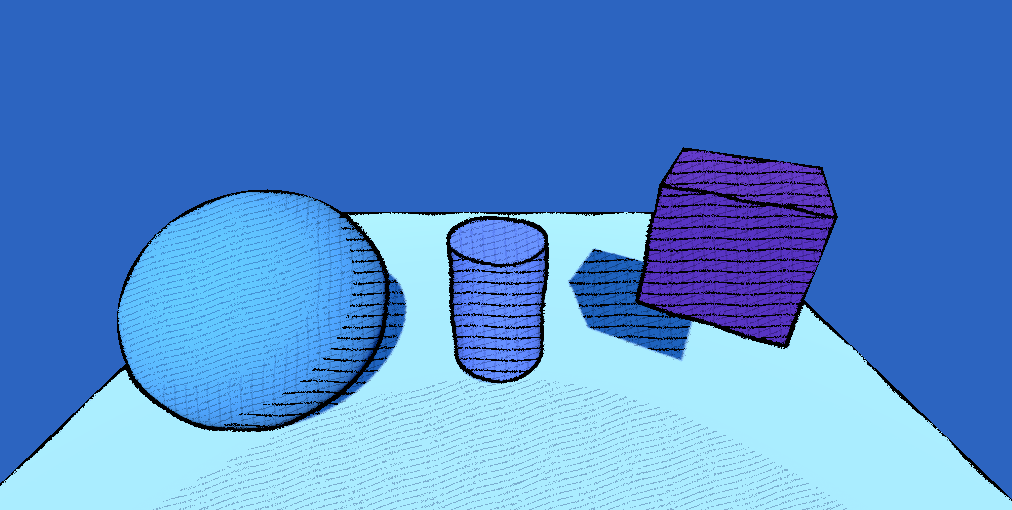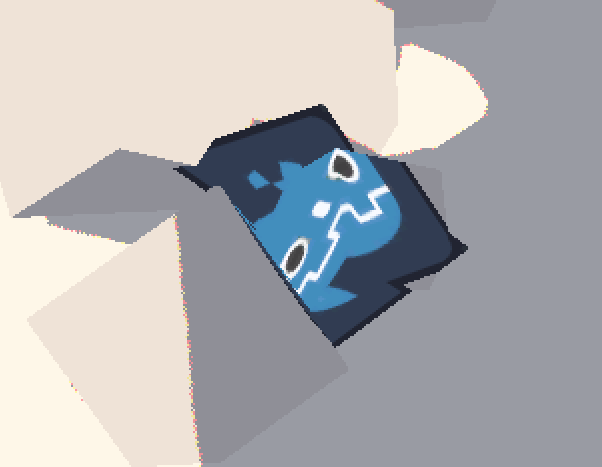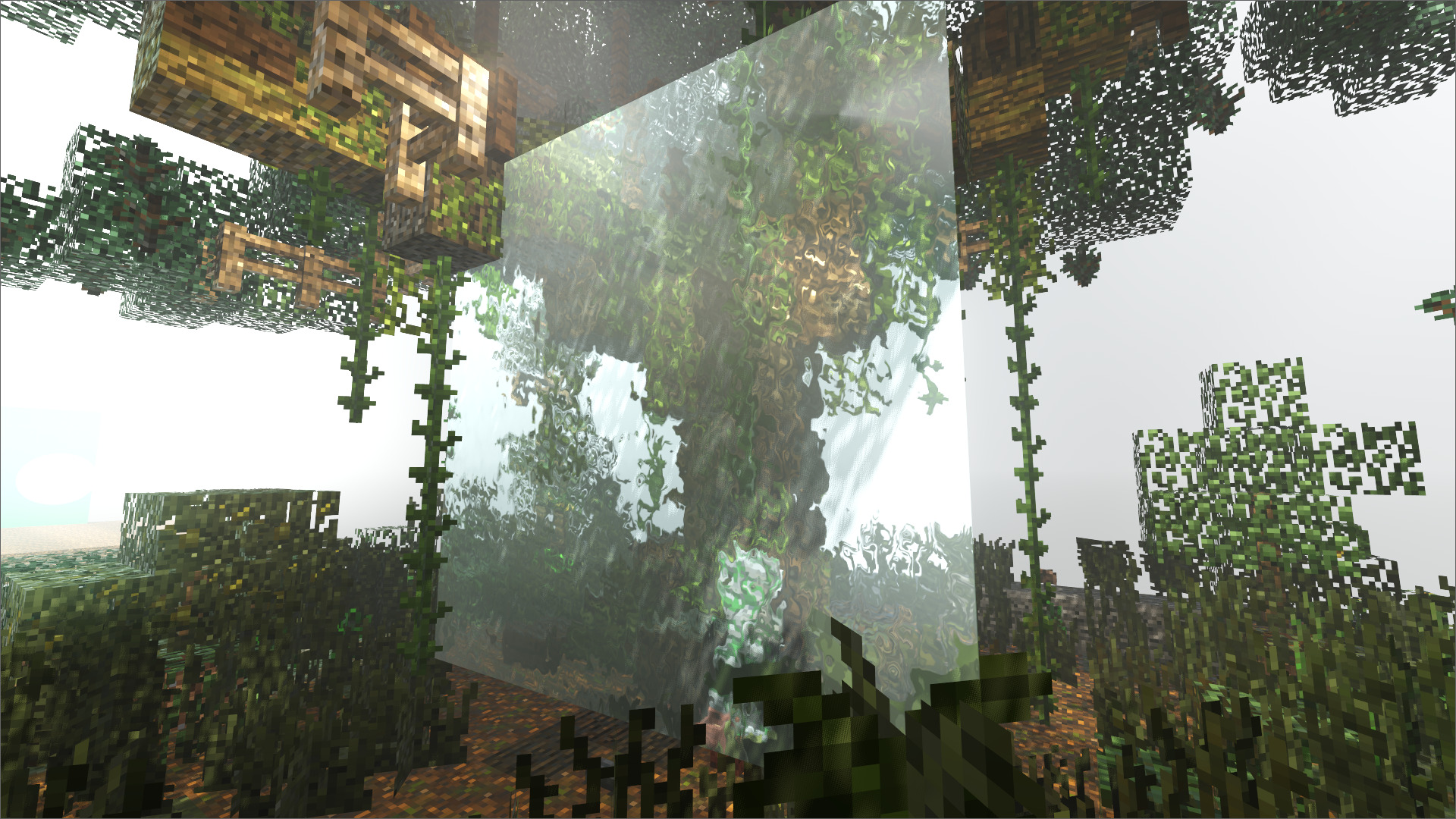Moebius Shader
Inspired by @UselessGameDev it’s a shader mimicking Moebius drawing style by adding hatches and color grading in shadows areas.
(the video is here: https://www.youtube.com/watch?v=jlKNOirh66E&t)
You have to add it to a QuadPlane in a Camera3D such as explained here:
https://docs.godotengine.org/en/stable/tutorials/shaders/advanced_postprocessing.html
Shader code
shader_type spatial;
render_mode unshaded;
// Parameters
uniform float zNear = 0.05;
uniform float zFar = 100;
uniform float outlineThickness = 1.5;
uniform vec3 outlineColor : source_color = vec3(0.0);
uniform float wiggleFrequency = 0.08;
uniform float wiggleAmplitude = 2.0;
uniform sampler2D DEPTH_TEXTURE : hint_depth_texture, filter_linear_mipmap;
uniform sampler2D SCREEN_TEXTURE : hint_screen_texture, filter_linear_mipmap;
uniform sampler2D NORMAL_TEXTURE : hint_normal_roughness_texture, filter_nearest;
// Sobel Filter x
const mat3 Sy = mat3(
vec3(1.0, 0.0, -1.0),
vec3(2.0, 0.0, -2.0),
vec3(1.0, 0.0, -1.0)
);
// Sobel Filter y
const mat3 Sx = mat3(
vec3(1.0, 2.0, 1.0),
vec3(0.0, 0.0, 0.0),
vec3(-1.0, -2.0, -1.0)
);
void vertex() {
POSITION = vec4(VERTEX, 1.0);
}
// Retrieve and scale depth from the depth buffer
float depth(sampler2D depth_texture, vec2 screen_uv, mat4 inv_projection_matrix){
float raw_depth = texture(depth_texture, screen_uv)[0];
vec3 ndc = vec3(screen_uv * 2.0 - 1.0, raw_depth);
vec4 view_space = inv_projection_matrix * vec4(ndc, 1.0);
view_space.xyz /= view_space.w;
float linear_depth = view_space.z ;
float scaled_depth = (zFar-zNear)/(zNear + linear_depth*(zNear -zFar));
return scaled_depth;
}
// Compute edges detection from depth using x,y sobel filters
float sobel_depth(in vec2 uv, in vec2 offset, mat4 inv_projection_matrix) {
float d00 = depth(DEPTH_TEXTURE, uv + offset * vec2(-1,-1),inv_projection_matrix);
float d01 = depth(DEPTH_TEXTURE, uv + offset * vec2(-1, 0),inv_projection_matrix);
float d02 = depth(DEPTH_TEXTURE, uv + offset * vec2(-1, 1),inv_projection_matrix);
float d10 = depth(DEPTH_TEXTURE, uv + offset * vec2( 0,-1),inv_projection_matrix);
float d11 = depth(DEPTH_TEXTURE, uv + offset * vec2( 0, 0),inv_projection_matrix);
float d12 = depth(DEPTH_TEXTURE, uv + offset * vec2( 0, 1),inv_projection_matrix);
float d20 = depth(DEPTH_TEXTURE, uv + offset * vec2( 1,-1),inv_projection_matrix);
float d21 = depth(DEPTH_TEXTURE, uv + offset * vec2( 1, 0),inv_projection_matrix);
float d22 = depth(DEPTH_TEXTURE, uv + offset * vec2( 1, 1),inv_projection_matrix);
float xSobelDepth =
Sx[0][0] * d00 + Sx[1][0] * d10 + Sx[2][0] * d20 +
Sx[0][1] * d01 + Sx[1][1] * d11 + Sx[2][1] * d21 +
Sx[0][2] * d02 + Sx[1][2] * d12 + Sx[2][2] * d22;
float ySobelDepth =
Sy[0][0] * d00 + Sy[1][0] * d10 + Sy[2][0] * d20 +
Sy[0][1] * d01 + Sy[1][1] * d11 + Sy[2][1] * d21 +
Sy[0][2] * d02 + Sy[1][2] * d12 + Sy[2][2] * d22;
return sqrt(pow(xSobelDepth, 2.0) + pow(ySobelDepth, 2.0));
}
float luminance(vec3 color) {
const vec3 magic = vec3(0.2125, 0.7154, 0.0721);
return dot(magic, color);
}
// Compute edges detection from normals using x,y sobel filters
float sobel_normal(in vec2 uv, in vec2 offset) {
float normal00 = luminance(texture(NORMAL_TEXTURE, uv + offset * vec2(-1,-1)).rgb);
float normal01 = luminance(texture(NORMAL_TEXTURE, uv + offset * vec2(-1, 0)).rgb);
float normal02 = luminance(texture(NORMAL_TEXTURE, uv + offset * vec2(-1, 1)).rgb);
float normal10 = luminance(texture(NORMAL_TEXTURE, uv + offset * vec2( 0,-1)).rgb);
float normal11 = luminance(texture(NORMAL_TEXTURE, uv + offset * vec2( 0, 0)).rgb);
float normal12 = luminance(texture(NORMAL_TEXTURE, uv + offset * vec2( 0, 1)).rgb);
float normal20 = luminance(texture(NORMAL_TEXTURE, uv + offset * vec2( 1,-1)).rgb);
float normal21 = luminance(texture(NORMAL_TEXTURE, uv + offset * vec2( 1, 0)).rgb);
float normal22 = luminance(texture(NORMAL_TEXTURE, uv + offset * vec2( 1, 1)).rgb);
float xSobelNormal =
Sx[0][0] * normal00 + Sx[1][0] * normal10 + Sx[2][0] * normal20 +
Sx[0][1] * normal01 + Sx[1][1] * normal11 + Sx[2][1] * normal21 +
Sx[0][2] * normal02 + Sx[1][2] * normal12 + Sx[2][2] * normal22;
float ySobelNormal =
Sy[0][0] * normal00 + Sy[1][0] * normal10 + Sy[2][0] * normal20 +
Sy[0][1] * normal01 + Sy[1][1] * normal11 + Sy[2][1] * normal21 +
Sy[0][2] * normal02 + Sy[1][2] * normal12 + Sy[2][2] * normal22;
return sqrt(pow(xSobelNormal, 2.0) + pow(ySobelNormal, 2.0));
}
// Just don't ask
float hash(vec2 p){
vec3 p3 = fract(vec3(p.xyx) * .1031);
p3 += dot(p3, p3.yzx + 33.33);
return fract((p3.x + p3.y) * p3.z);
}
void fragment() {
vec2 offset = outlineThickness/ VIEWPORT_SIZE;
vec2 uv = SCREEN_UV;
// Displacement to add a little bit of hand-drawn wiggly effect
vec2 displ = vec2((hash(FRAGCOORD.xy) * sin(FRAGCOORD.y * wiggleFrequency)) ,
(hash(FRAGCOORD.xy) * cos(FRAGCOORD.x * wiggleFrequency))) * wiggleAmplitude /VIEWPORT_SIZE;
// Access the depth buffer
float depth = depth(DEPTH_TEXTURE, uv, INV_PROJECTION_MATRIX);
// Avoid depth cross-hatching (sky and background)
// NOTE: for some reason, the interval [0,1] seems inverted
if(depth<0.01){
discard ;
}
vec3 pixelColor = texture(SCREEN_TEXTURE, uv).rgb;
float pixelLuma = luminance(pixelColor);
float modVal = 11.0;
// Apply hatching based on luminance value (from darker to lighter zones
// Dark Zones
if(pixelLuma <= 0.35) {
if (mod((uv.y + displ.y) * VIEWPORT_SIZE.y , modVal) < outlineThickness) {
pixelColor = outlineColor;
}
}
// Grey Dark
if (pixelLuma <= 0.45 ) {
if (mod((uv.x + displ.x) * VIEWPORT_SIZE.x , modVal) < outlineThickness) {
pixelColor = mix(pixelColor, outlineColor, 0.25);
}
}
// Light Dark
if (pixelLuma <= 0.80) {
if (mod((uv.x + displ.x) * VIEWPORT_SIZE.y + (uv.y + displ.y) * VIEWPORT_SIZE.x, modVal) <= outlineThickness) {
pixelColor = mix(pixelColor, outlineColor, 0.5);
}
}
// Edge detection using depth buffer
float edgeDepth = sobel_depth(uv+displ, offset, INV_PROJECTION_MATRIX);
// Edge detection normal buffer
float edgeNormal = sobel_normal(uv+displ, offset);
// Mix both edge detection
float outline = smoothstep(0.0,1.0, 25.0*edgeDepth + edgeNormal);
// Mix color and edges
ALBEDO = mix(pixelColor, outlineColor, outline);
}






Link doesn’t redirect correctly.
Amazing shader, great job and thank you !
awesome shader! thanks for sharing! Any idea on how to get this to work on an ios export?
Скачал тестовую сцену, запустил на Godot 4.3 – не работает. Проверил все значения из статьи –
(кстати, ссылка в описании битая, прикрепляю рабочую: https://docs.godotengine.org/en/stable/tutorials/shaders/advanced_postprocessing.html)
всё уже было настроено правильно, но при запуске шейдер будто не активен :с
Дополню. Не работал, пока не убавил Far камеры до 100 и меньше. Но шейдер наложился на бэк, а не объекты
Для использования в 4.3 нужно изменить
void vertex() { POSITION = vec4(VERTEX, 1.0); }На
void vertex() { POSITION = vec4(VERTEX.xy, 1.0, 1.0); }Doesn’t seem to work in 4.3
You can fix it by changing
to
on line 31.
Thank you, this solution worked great for me